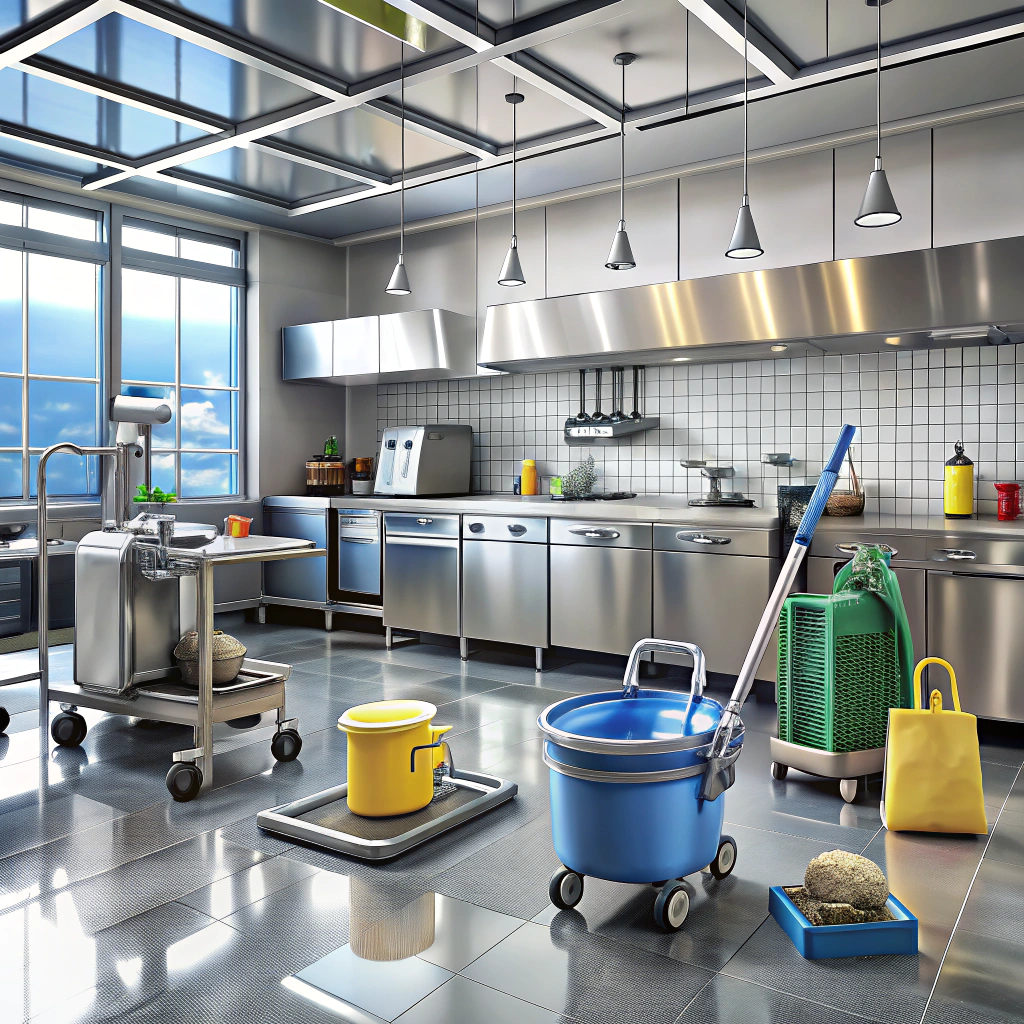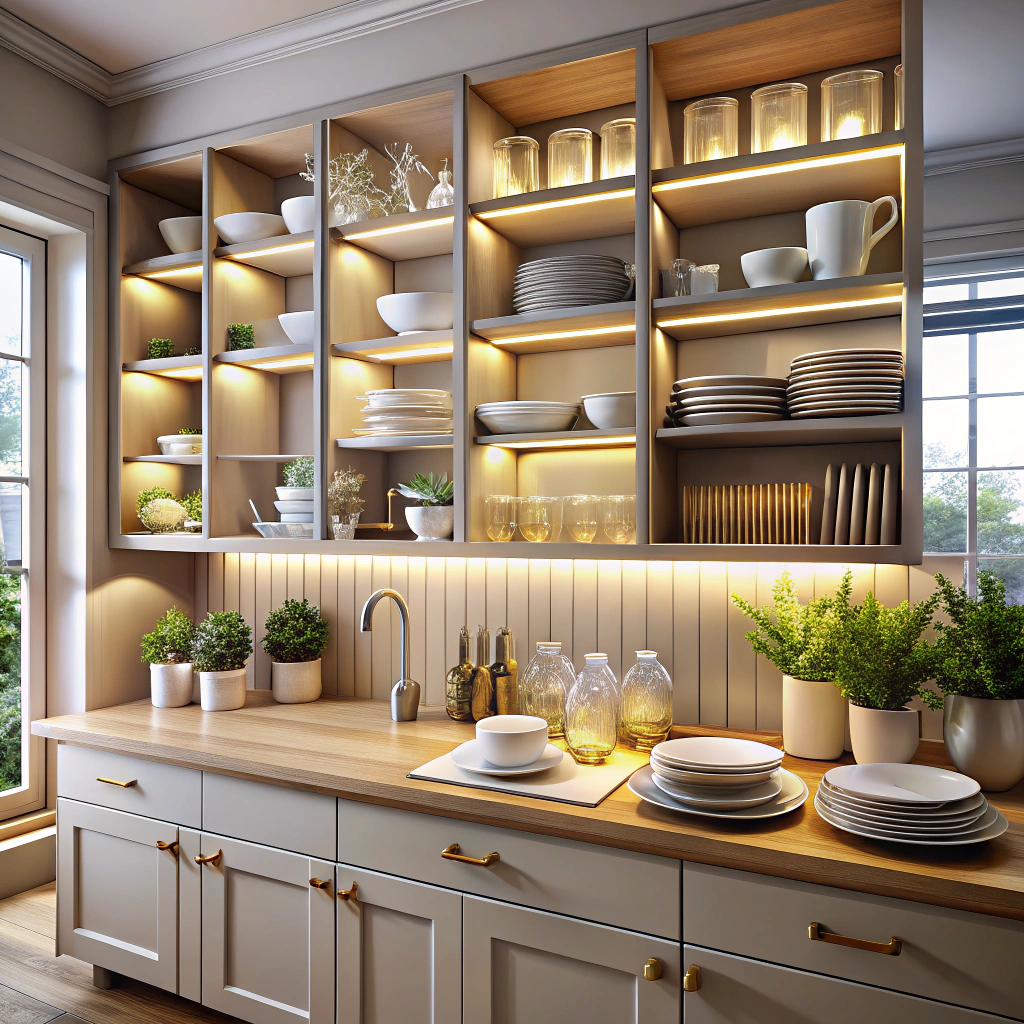Last updated on
Let’s compare and contrast traditional and contemporary kitchen designs to help you decide which style is best for your home.
As a seasoned home decorator, I have had the pleasure of designing and decorating countless kitchens over the years. Each kitchen is unique in its own way, but one question always pops up: traditional or contemporary? It’s a debate that has been going on for decades and it’s not going away anytime soon.
I remember when I first started out as a home decorator, traditional kitchens were all the rage. They were warm, inviting and filled with ornate details like crown molding and intricate cabinetry.
But as time went on, contemporary design began to take center stage. Sleek lines, minimalist details and modern appliances became the norm.
So which one is better? Well, that depends on your personal taste and lifestyle needs. In this blog post, we’ll explore both traditional and contemporary kitchen design styles so you can decide which one is right for you.
So sit back, grab a cup of coffee (or tea) and let’s dive in!
Key takeaways:
- Traditional kitchen design features warm, ornate details and natural materials.
- Contemporary kitchen design emphasizes clean lines, technology, and sleek surfaces.
- Material choices for traditional and contemporary kitchens vary, each offering unique benefits.
- Traditional kitchens favor muted color palettes, while contemporary kitchens embrace bold colors.
- Layout and functionality differ between traditional and contemporary kitchens, catering to different needs and lifestyles.
What's Inside
Traditional Kitchen Design

Traditional kitchen design is all about creating a warm and inviting space that feels like the heart of the home. This style often features ornate details such as crown molding, intricate cabinetry, and decorative hardware.
Traditional kitchens typically use natural materials like wood or stone for countertops and flooring.
One of the key elements in traditional kitchen design is symmetry. Cabinets are often arranged in pairs on either side of a central feature such as a range hood or window.
The color palette tends to be muted with shades of cream, beige, brown or white being popular choices.
Another important aspect to consider when designing a traditional kitchen is lighting. Chandeliers or pendant lights can add an elegant touch while under-cabinet lighting provides task lighting for food preparation areas.
If you’re looking for a classic look that will stand the test of time then traditional kitchen design may be right up your alley!
Contemporary Kitchen Design
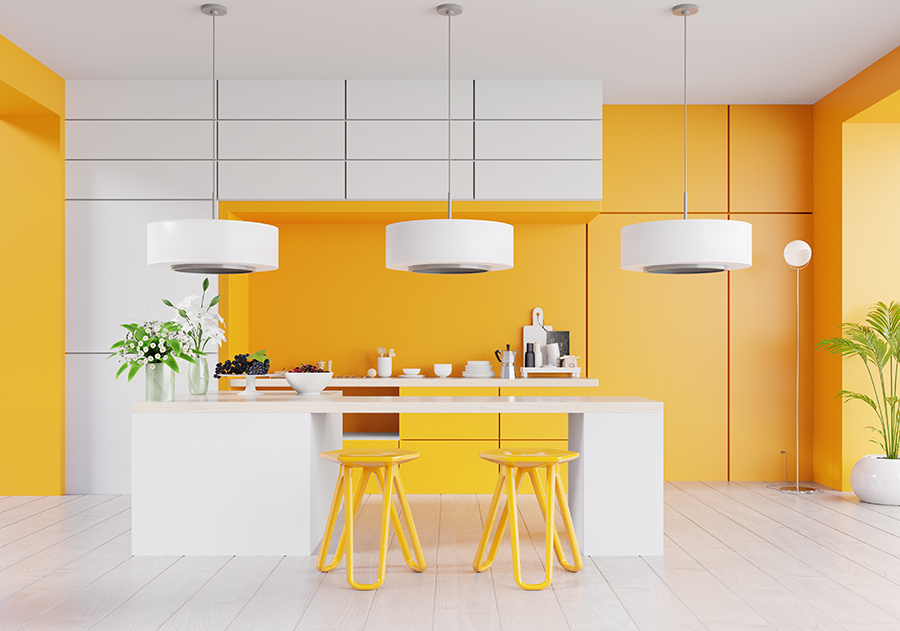
Contemporary kitchen design is all about simplicity, clean lines and functionality. It’s a style that has gained popularity in recent years due to its modern look and practicality.
In contemporary kitchens, you’ll find sleek cabinetry with minimal hardware, stainless steel appliances and simple yet elegant countertops made of materials like quartz or concrete.
One of the key features of contemporary kitchen design is the use of technology. Smart appliances are becoming more common in modern kitchens as they offer convenience and efficiency for busy homeowners.
Technology has become an integral part of contemporary kitchen design, from refrigerators with touch screens to ovens that can be controlled from your smartphone.
Another important aspect to consider when designing a contemporary kitchen is lighting. The right lighting can make all the difference in creating a warm ambiance while also providing ample task lighting for cooking and food preparation areas.
If you’re looking for a functional yet stylish space that incorporates cutting-edge technology into its design elements then Contemporary Kitchen Design might be just what you need!
Material Choices
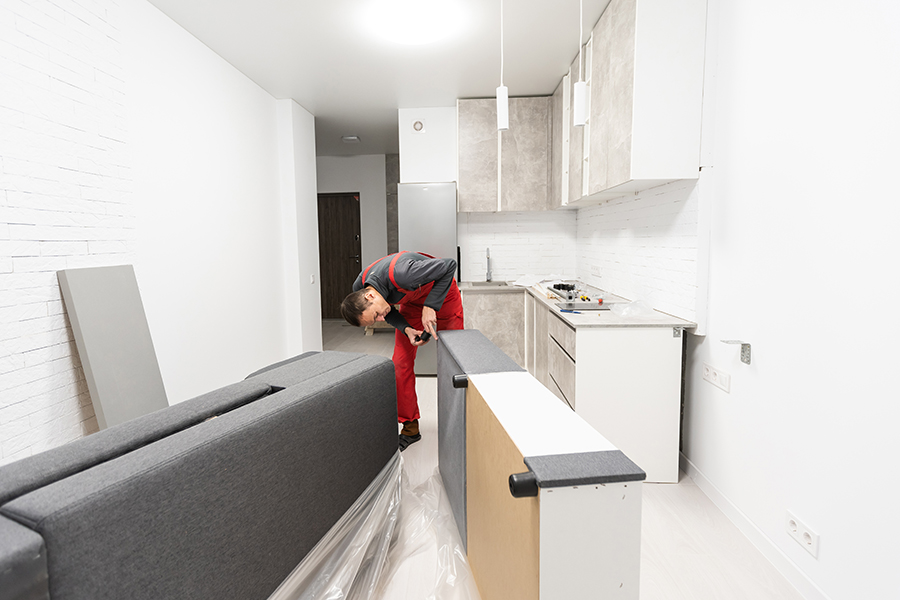
When it comes to material choices for your kitchen, both traditional and contemporary designs offer a wide range of options. Traditional kitchens often feature natural materials like wood, stone, and marble.
These materials give the space a warm and inviting feel that is perfect for entertaining guests or spending time with family.
On the other hand, contemporary kitchens tend to favor man-made materials like stainless steel or concrete. These sleek surfaces create a modern look that is easy to clean and maintain.
But don’t be afraid to mix things up! Combining different textures can add depth and interest to your kitchen design. For example, pairing natural wood cabinets with stainless steel appliances creates an interesting contrast between old-world charm and modern functionality.
Ultimately, the choice of material will depend on your personal taste as well as practical considerations such as durability and maintenance requirements. So take some time to explore all of your options before making any final decisions!
Color Schemes
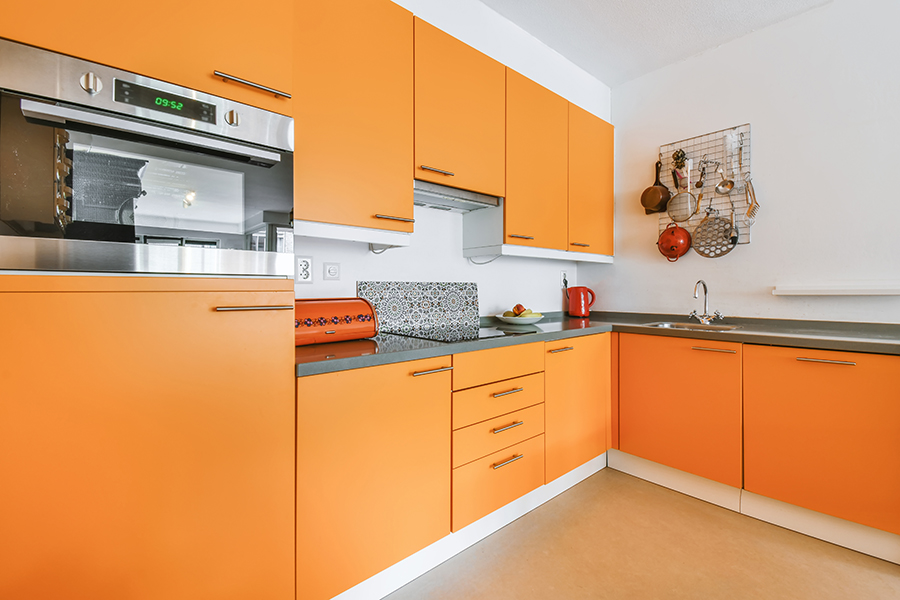
When it comes to kitchen design, color schemes play a crucial role in setting the tone and mood of the space. Traditional kitchens often feature warm, earthy tones like beige, cream and brown.
These colors create a cozy atmosphere that’s perfect for cooking and entertaining guests.
On the other hand, contemporary kitchens tend to favor bold colors like black or white with pops of bright hues such as red or blue. This creates an energetic vibe that’s perfect for those who love modern aesthetics.
When choosing your color scheme, consider factors such as natural light exposure and personal preferences. If you have limited natural light in your kitchen area then lighter shades can help make it feel brighter while darker shades can add depth if there is ample lighting available.
Ultimately though when deciding on which color scheme works best for you remember this: traditional designs are timeless while contemporary ones are trendy so choose wisely!
Layout and Functionality
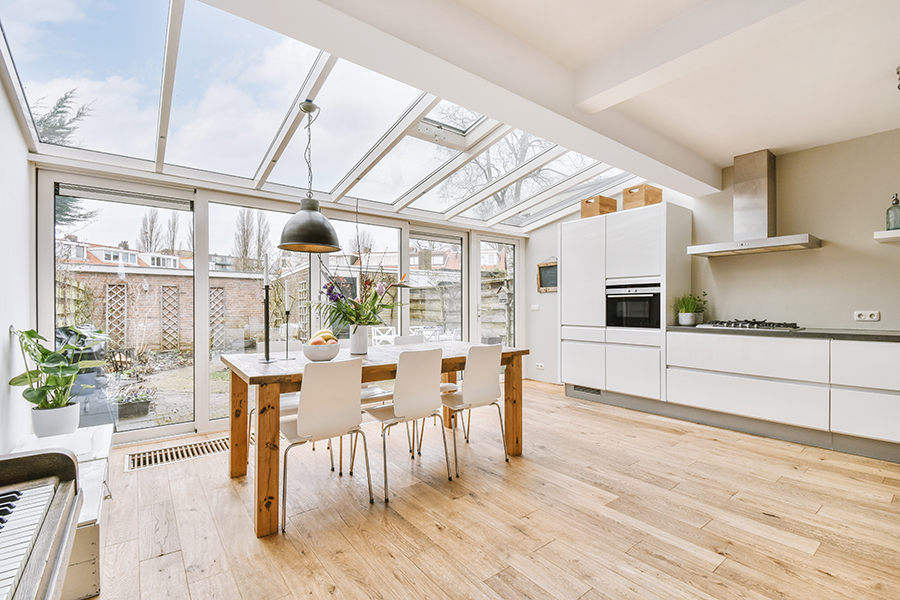
When it comes to kitchen design, layout and functionality are key. Traditional kitchens often have a more formal layout with separate spaces for cooking, cleaning and dining.
This can be great if you love to entertain or have a large family that spends a lot of time in the kitchen.
Contemporary kitchens tend to favor an open concept design where everything flows together seamlessly. This is perfect for those who want their kitchen to feel like an extension of their living space.
When deciding on your kitchen’s layout, consider how you use the space on a daily basis. Do you need room for multiple cooks? Would an island or breakfast bar be useful? How much storage do you require?
Functionality is also important when it comes to choosing appliances and fixtures. Make sure they fit your needs without sacrificing style or quality.
Whether traditional or contemporary, your kitchen should reflect your personality while being functional enough for everyday use!
Storage Solutions
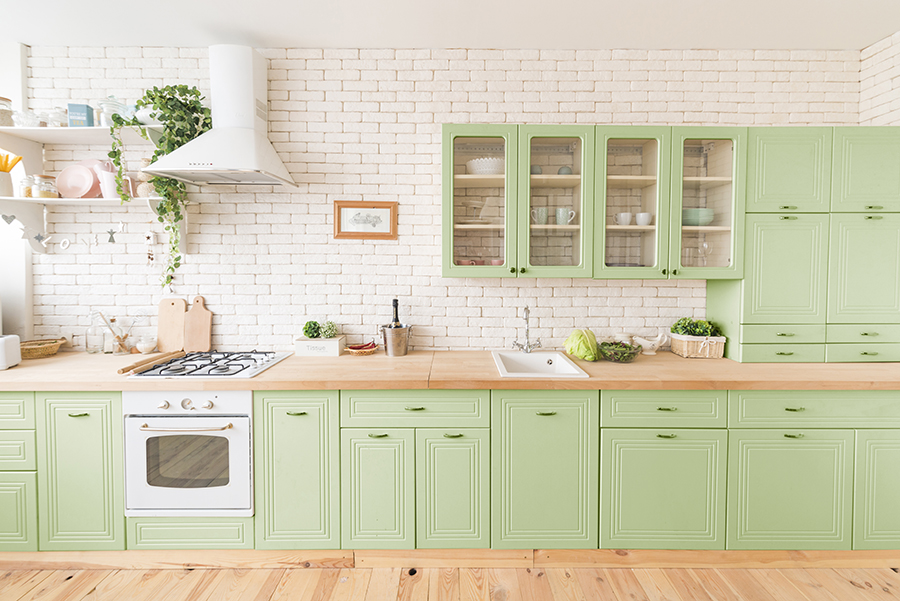
A cluttered kitchen can make cooking and entertaining a nightmare, so it’s important to have ample storage solutions in place.
Traditional kitchens often feature built-in cabinetry with ornate details like glass-front doors and decorative hardware. These cabinets are beautiful and functional as they provide plenty of space for dishes, cookware and pantry items.
Contemporary kitchens tend to favor sleeker designs with clean lines and minimalistic details. This means that storage solutions are often hidden behind seamless cabinet fronts or integrated into the space’s overall design.
No matter which style you prefer, there are plenty of innovative storage options available today that can help keep your kitchen organized while still looking stylish. From pull-out pantries to custom drawer dividers, there’s no shortage of ways to maximize your space without sacrificing aesthetics.
When designing a traditional or contemporary kitchen, be sure to consider your specific needs when it comes to organization and functionality so you can create a space that works best for you!
Lighting Options

Lighting is an essential aspect of any kitchen design, and it can make or break your space’s overall look and feel. When it comes to lighting options for traditional kitchens, chandeliers are a popular choice.
They add elegance and sophistication to the room while providing ample light for cooking and entertaining.
On the other hand, contemporary kitchens tend to favor more minimalist lighting fixtures such as pendant lights or track lighting. These types of fixtures provide a sleek look that complements modern appliances and clean lines.
Regardless of which style you choose, it’s important to consider both task lighting (for specific work areas) as well as ambient lighting (to create an overall mood). Under-cabinet lights are great for illuminating countertops while dimmer switches allow you to adjust the brightness according to your needs.
When choosing between traditional vs. contemporary kitchen design styles don’t forget about how important proper illumination is in creating a functional yet beautiful space that meets all your needs!



